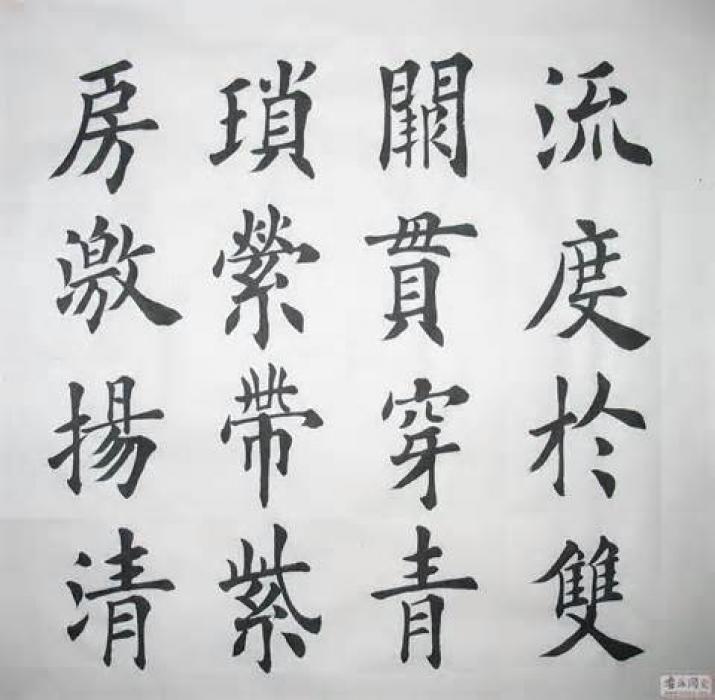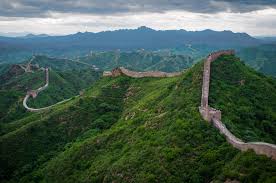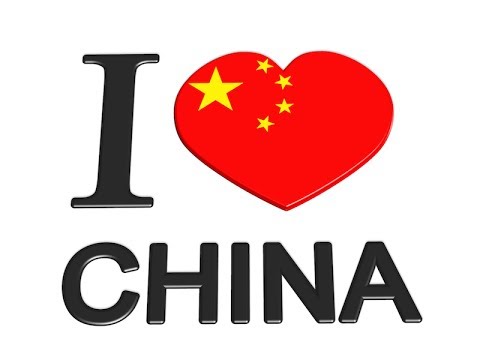Biryani: A Pakistani Treasure Ready to Inspire Chinese Cuisine
A Fusion of Flavors and Cultural Harmony
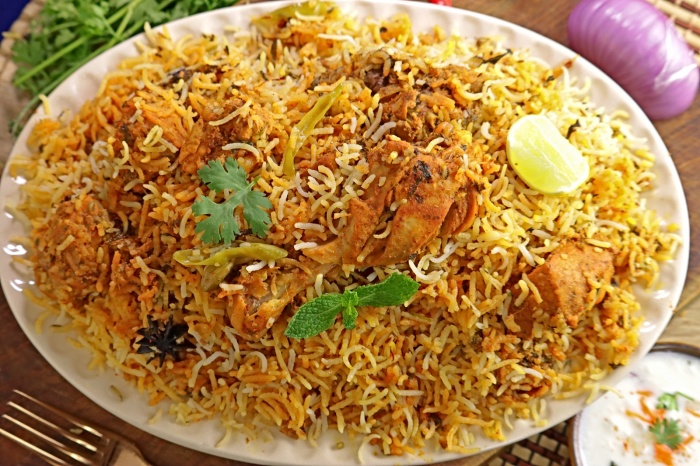
Biryani is a special dish from Pakistan made with basmati rice, tender meat or vegetables, and flavorful spices like cumin, cardamom, and cinnamon. Its rich taste and beautiful look make it a meal that could easily impress food lovers in China.
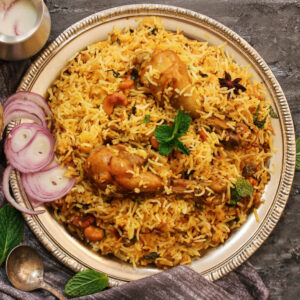
Since rice is important in both Pakistani and Chinese food, biryani offers a fresh way to enjoy a well-loved ingredient, turning it into a delicious and unique dish.
What makes biryani even more exciting is how easy it is to customize. Whether it’s made with chicken, lamb, seafood, or just vegetables, it can match anyone’s taste. The bold flavors and spices in biryani are perfect for those who enjoy strong and aromatic dishes. It’s also often served at big gatherings, where people come together to share food and create happy memories, which is similar to how meals are enjoyed in China.
Sharing biryani with Chinese food lovers is also a chance for cultures to connect. Adding local Chinese ingredients or spices to biryani could create new and exciting versions that celebrate both traditions. Biryani is more than just food—it’s a way to bring people together. By sharing this beloved Pakistani dish, both nations can find common ground and enjoy a taste of each other’s rich culture.
